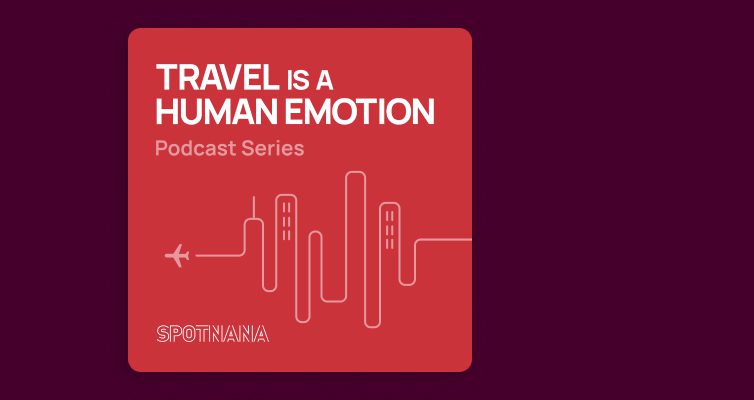Fixing Business Travel’s Biggest Pain Points

It’s been two years since the global travel bans were announced back in March 2020 to combat Covid-19. It’s great to see how optimism is forming across the industry once again and travel is recovering from the depths of the crisis.
There are clear signs that a growing number of travel buyers and suppliers have decided they want to use this restart to upgrade and modernize their travel programs and services.
At Spotnana, we’ve passed the six-month mark since we came out of stealth mode in September 2021. It is incredible to reflect on the progress we have made and, more importantly, the reaction we have received from the global travel industry since we surfaced.
Timing can be everything, and in our case we appear to have timed our launch perfectly. We are providing the buyers and suppliers with an open platform designed to be the catalyst for a “fresh start” as part of the restart of the corporate travel program.
Looking at some of the customers we have won, it is clear that the Spotnana platform is attracting some of the smartest and bravest global travel buyers. The common theme in their feedback to us can be summarized into six key areas.
I’d like to share these with the wider corporate travel community, in case you are thinking about some of them and wondering how to address these legacy pain points.
Pain Point #1 : Country-By-Country Deployment
One of the biggest obstacles for corporate travel managers to overcome has been the fact that the leading booking engines all are developed to support a legacy operational model where the TMC has a local service model in each country.
The booking engine, therefore, must be configured accordingly with a site per country. This means a global buyer has 50 or more local sites to configure and maintain. The amount of work involved to change either TMC or booking engine is exhausting and has prevented many corporate buyers from making changes to their program.
Spotnana eliminates this obstacle by providing a single global instance for a corporate buyer which is designed to provide support for travelers around the world without having to build new sites for each country. As a result, the cost of supporting a global program is reduced significantly.
It even becomes possible to launch in markets considered too small to justify the cost of launching with the legacy service model.
Pain Point #2: Online Vs. Offline Travel Policy
Most corporate travel buyers have learned to live with the fact that they have two travel programs: one for the online channel, and another for the offline channel. They define detailed policy rules and control the content for the online bookings made using a booking engine while they have to hope the bookings made on the offline channel by TMC staff are made with the same set of rules and content preferences.
There is no audit trail for offline bookings, however, so the buyer simply doesn’t know what was available or not when the TMC makes an offline booking. The only way around this is to pay for manual audits executed by consulting firms that try to document what happened and what didn’t.
Spotnana eliminates this obstacle by providing a single platform where the gap between online and offline bookings is eliminated.
When our TMC staff make a booking, they follow the same travel policy rules and content options as the traveler. This provides the travel buyer with a fully transparent and consistent travel booking experience where 100% of the bookings are made the exact same way, even bookings made by our customer experience consultants.
Pain Point #3: Intelligent Travel Policy
Since the arrival of online booking tools back in the late nineties, the core policy engine has been built around a black and white policy principle where a given rule only supports a rudimentary Yes or No value. A typical example of this is whether a domestic booking with four hours of flight time can be made in economy, premium economy, or business class.
What if the rule could be dynamic and adjust to the actual market situation on the day of booking, providing travelers with a policy capable of adding common sense to the rule interpretation?
You could set a policy as economy class, but if premium economy is less than 10% more expensive, then it is allowed as the difference equals good value for money. Or if a traveler returns home late on Friday evening after 6 p.m., they select business class to compensate for the loss of private family time.
There are many examples of when travel policy makes no sense and travelers have become experts in adjusting their search until they get a result which matches their preferred option. They may spend a significant amount of time massaging the search parameters, as well, effectively being unproductive.
This is where Spotnana’s intelligent policy engine can help the travel program owner design a policy that makes sense in the real world.
Click here to read part two of Johnny Thorsen’s look into fixing corporate travel’s biggest pain points.






